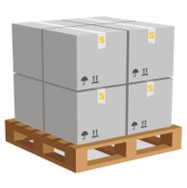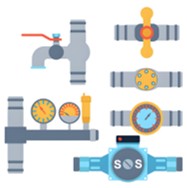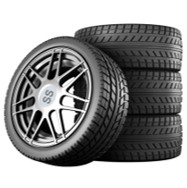
Decoding apparel proportions often reads like an insider puzzle
- Spotting your body's key contours should begin the process
- Measure bust, midriff and hips accurately to ensure fit
- Use the vendor's sizing reference to compare figures
Avoid trusting tag numbers alone as they mislead often Use your exact numbers to validate against the sizing table. Finding style remains a personal exploration and trial.
Exposing the method behind fit tables
Clothing fit inconsistencies frustrate buyers across regions. Converting measurement systems sometimes tests patience, because markers vary from maker to maker across markets. With basic know-how and patience you can decode size information.
- Kick off by mapping which regional sizing the maker adopts. Often these include US, UK, European and Asian formats.
- Subsequently, match the exact bust, waistline, hip and length data. Crosscheck the chart numbers with your personal figures.
- Lastly, review the company's fit guidance for special advice. Brand guides typically present recommendations, notes and tips.
Achieving the best fit in your clothing search
The realm of clothing sizes commonly creates confusion. A medium in one label might read as a small in another. Inconsistency comes from diverse sizing templates companies apply. Consequently first take careful measurements of your body. Fetch a soft tape to measure bust, waist and hip circumferences. Avoid relying purely on your customary size label. Garment type within a brand may result in differing fit. Arriving at your ideal fit may involve sampling various sizes.

Selecting between off-the-shelf or tailored measurements
When selecting items that occupy space you weigh default versus custom sizing. Each route comes with advantages and trade-offs. Generic sizes supply ready availability and cost benefits. Tailored measurements serve odd shapes or particular use cases best
- Gauge your priorities and budget to guide the decision
- Obtain accurate size figures for room or body before ordering
- Examine different manufacturers and proposals prior to order
To conclude the right size option reflects your specific requirements.
Getting comfortable with global size equivalences
Bridging country and brand dimensions frequently seems labyrinthine. Luckily useful conversion charts and guides exist to assist. Commence by noting the usual clothing and shoe measurement methods. Apply size conversion tables to translate between markers. Understand that physique and proportions affect fit accuracy. Read shoppers' comments and fitting tips to inform your choice.
How to decode sizes and pick the right fit
Working through fit tables often seems difficult. Manufacturers typically have bespoke measurement approaches, however a few pointers here will make the charts approachable.
- Commence by gauging your body precisely with a measuring band
- Then, see how your numbers correspond to the guide supplied
- Factor in body type since shape changes how garments fit
In short, testing garments is the definitive method to verify fit.
A full guide to standard male and female measurement sets
Purchasing online raises questions about which size to pick. Accordingly, the following is a full guide to standard gendered sizes. Whether pants, shirts or dresses, these tips will assist your choice.
- Initially recognise variation across brands and countries
- Also, record waist, hip, bust and chest dimensions precisely
- Lastly, choose the larger size if your numbers land between charts
By following these tips you can approach size charts with confidence. Happy hunting for the perfect size!

Decoding kids' clothing sizes for parents
Choosing suitable children’s sizes often perplexes parents. Rapid child growth causes frequent size changes. Refer to manufacturer measurements rather than age suggestions. Obtain chest, waist and height data to match the size chartMastering body measurements: bust, waist and hips
Correct body stats underpin successful clothing choices. Grab a flexible measuring band and an assistant for precise measurement. Stay erect with shoulders relaxed and feet shoulder-width apart
A comprehensive tour of size labels from XS to XXL
Modern clothing scales are often complicated and unclear. Because brands differ dramatically, consistent sizing is elusive. Inspecting size ranges reveals how labels map to measurements. Now we dive into the real meaning of labels and numbers!
Celebrating body size inclusivity

Size inclusion is about valuing every body and its differences. This involves rejecting narratives that demand one ideal shape. Together we can create spaces that foster body comfort and pride.
- Choose body positivity and self-acceptance every day Commit daily to encouraging body acceptance and love Standard Size Decide each day to celebrate body kindness and positive views Make a habit of embracing body positivity in everyday life
- Keep in mind beauty appears in a wide range of forms
- Push back against imagery that enforces a single beauty template
- Adopt routines that strengthen body confidence and care
